Many distributors avoid purchasing crops that do not meet their market standards for size, weight, color, or shape. Have you ever wondered what farmers do with crops that are unable to be sold to distributors?
Introducing the art of, “gleaning.” Derived from an ancient form of social welfare, gleaning is the act of collecting and sorting produce on farms that cannot be sold and distributing it to families in need. Gleaning is a sustainable form of food collection and distribution that focuses on redirecting nutritious food that would otherwise become trash.
Gleaning organizations, largely supported by volunteers, drive to farms during the summer months and inspect produce for imperfections, wounds, or aesthetic issues. Produce that is identified as healthy are placed in baskets and loaded onto the trucks. Back at the hubs, the baskets are unloaded into cold rooms to preserve freshness. The collected produce is then offered to local food pantries, nonprofit distribution centers, and community partners. Within days the gleaned produce is given to families in need at the peak of the produce’s freshness.
The effort of gleaning helps feed millions of food-insecure families each year.
- New Jersey Farmers Against Hunger glean an annual average of 435,000 pounds of produce from fifty small-scale farms and distribute it to families in need.
- Bushels of Blessings, located in Salem County NJ, has gleaned over 2 million pounds of produce and distributed it throughout New Jersey, Pennsylvania, and Delaware since 2012.
- The Gleaning Project of South Central Pennsylvania gleaned 1.2 million pounds of produce between 2015 – 2018 that fed over 26,000 families in Franklin and Adams Counties.
Gleaning provides the benefit of reconnecting with the earth. Gleaners’ testimonies abound on the therapeutic escape gleaning provides into nature and the enjoyment of comradery among the team as they labor together in wholesome service. The experience is a fun hands-on adventure for youth as a youth group or service-learning activity. The quality of the outcome for families is also notable in comparison to other sources of food assistance in that gleaning provides fresh, whole produce rather than canned and boxed pre-made items high in sodium, sugars, and fats.
Seek out gleaning organizations in your area to volunteer. F4 can connect gleaned produce to food pantries and distribution centers in any area.

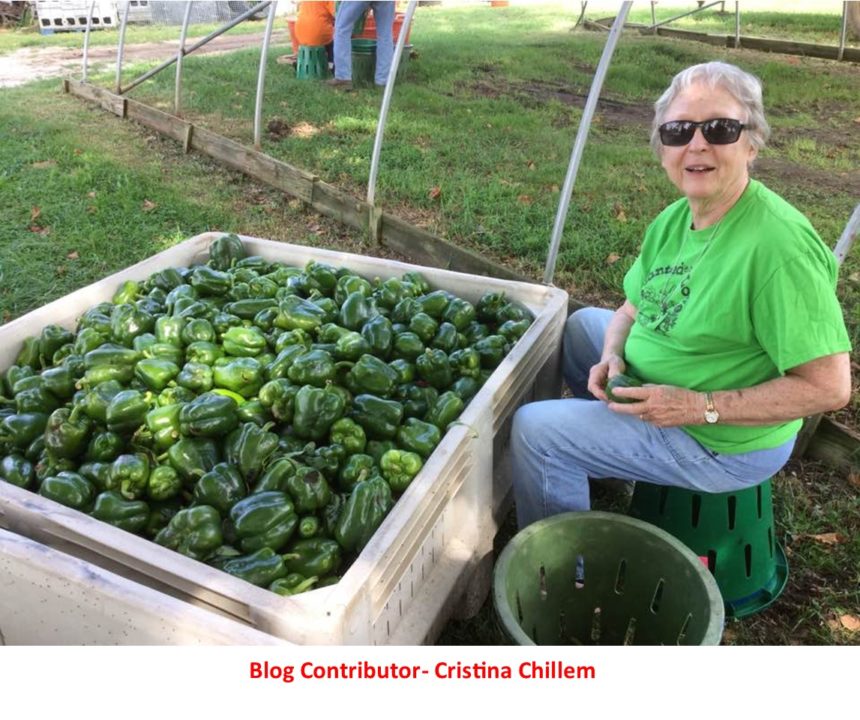
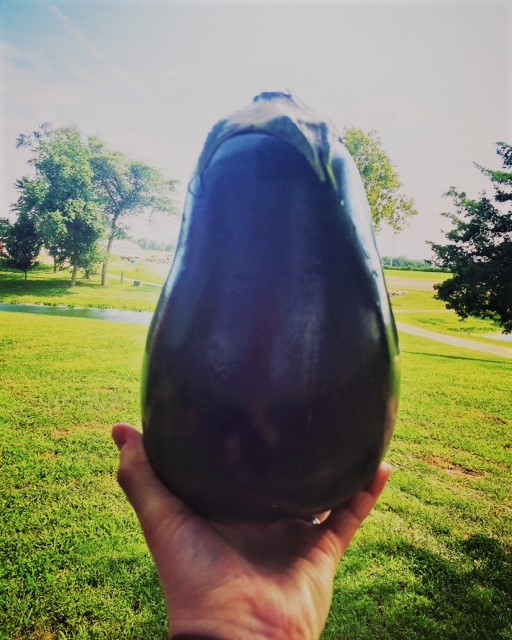
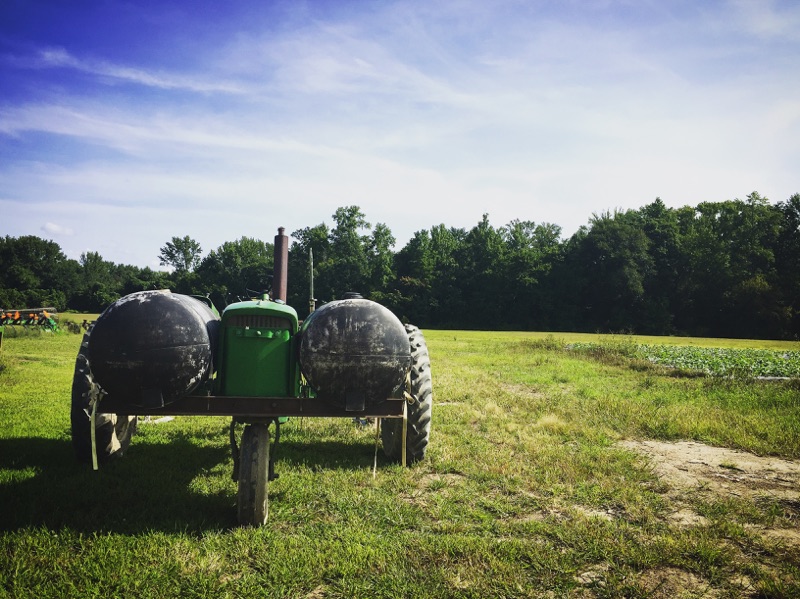
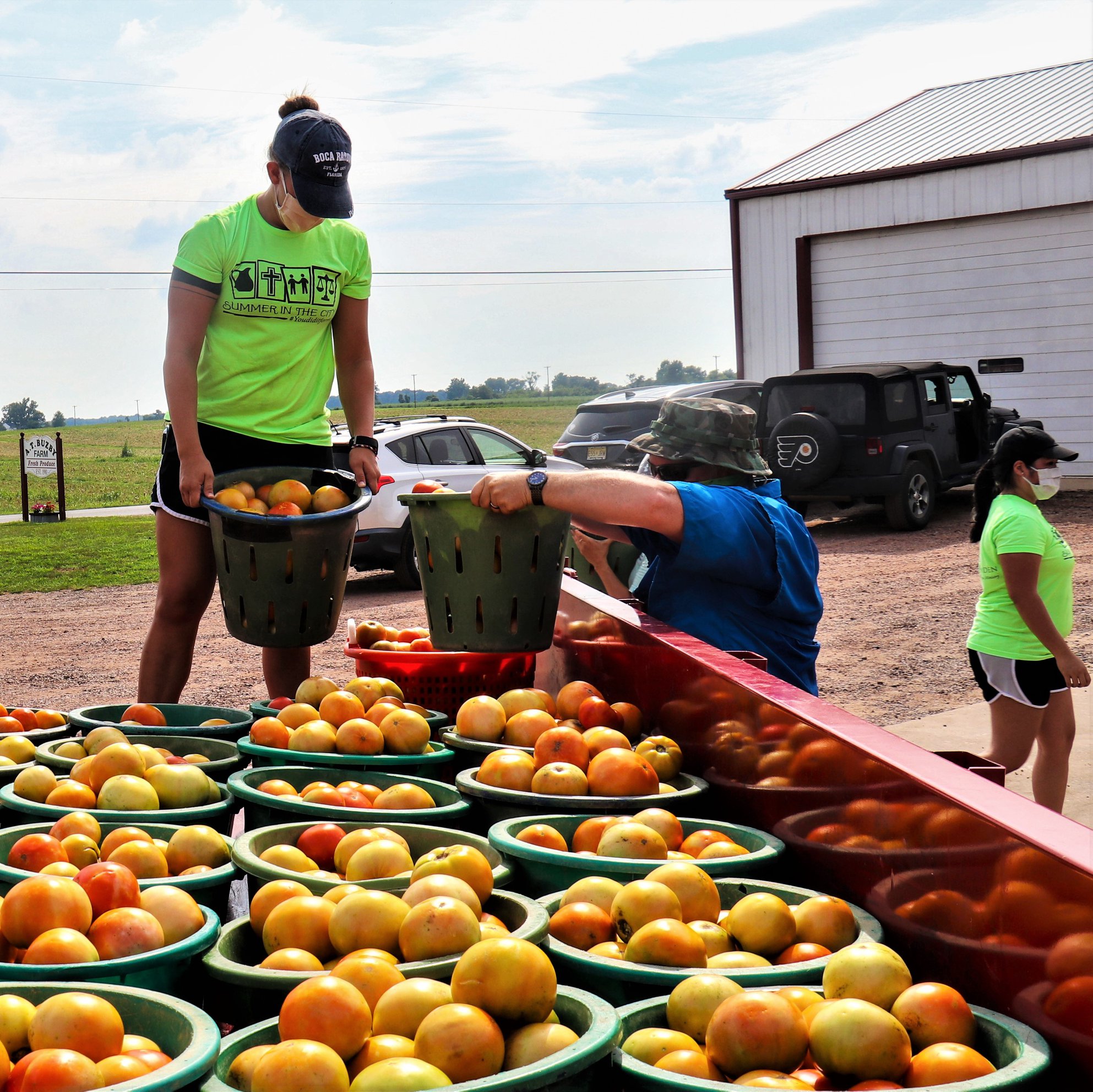
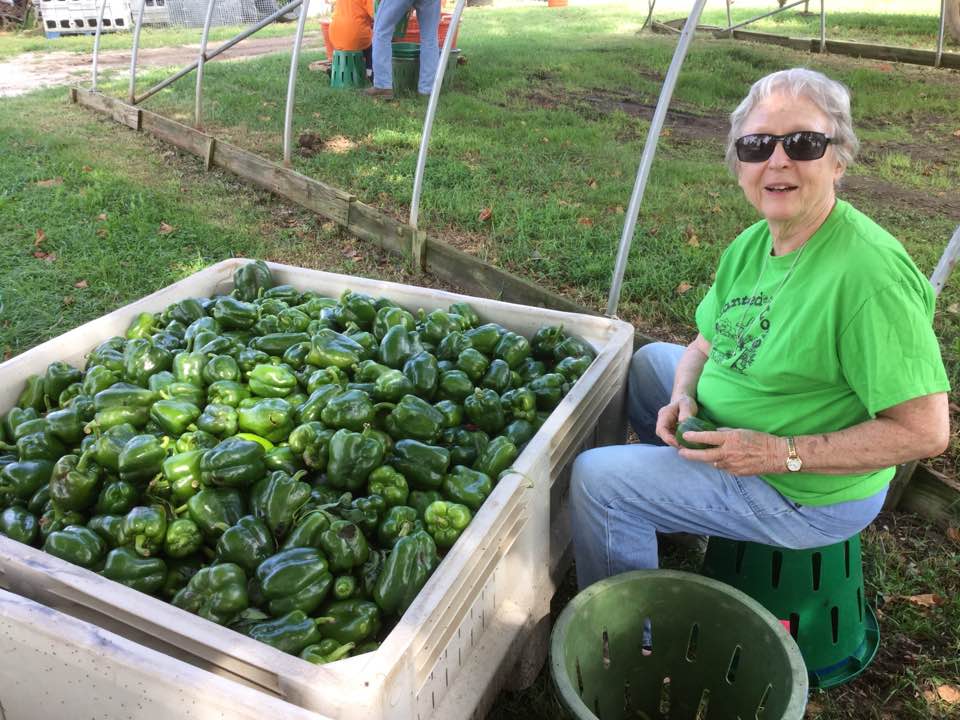
Leave a Reply